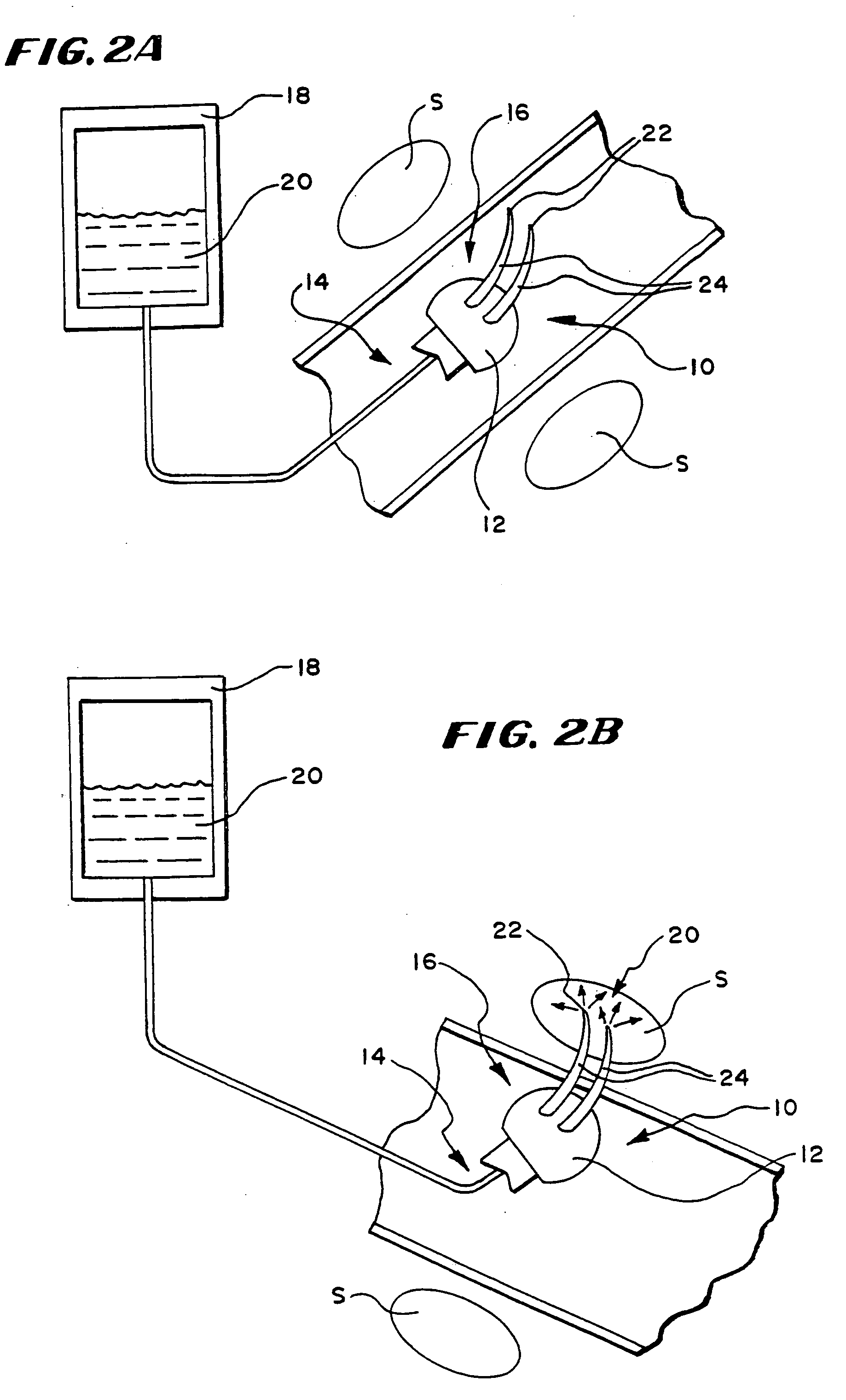Systems methods for applying a selected treatment agent into contact with tissue to treat sphincter dysfunction
a system and tissue technology, applied in the field of systems and methods for treating interior tissue regions of the body, can solve problems such as adversely affecting patient quality of life, heartburn or other disease symptoms, and internal damage, and achieve the effects of reducing tissue compliance and tightening, and improving sphincter barrier function
- Summary
- Abstract
- Description
- Claims
- Application Information
AI Technical Summary
Benefits of technology
Problems solved by technology
Method used
Image
Examples
Embodiment Construction
[0026] This specification discloses various catheter-based systems and methods for treating dysfunction of sphincters and adjoining tissue regions in the body. The systems and methods are particularly well suited for treating these dysfunctions in the lower gastrointestinal tract, e.g., in the intestines, rectum and anal canal. The systems and methods are also particularly well suited for treating these dysfunctions in the upper gastrointestinal tract, e.g., in the lower esophageal sphincter and adjacent cardia. For this reason, the systems and methods will be described in these contexts.
[0027] Still, it should be appreciated that the disclosed systems and methods are applicable for use in treating other dysfunctions elsewhere in the body, e.g., for restoring compliance to or otherwise tightening interior tissue or muscle regions. The systems and methods that embody features of the invention are also adaptable for use with systems and surgical techniques that are not necessarily ca...
PUM
| Property | Measurement | Unit |
|---|---|---|
| frequency | aaaaa | aaaaa |
| depth | aaaaa | aaaaa |
| pressure | aaaaa | aaaaa |
Abstract
Description
Claims
Application Information
 Login to View More
Login to View More - R&D
- Intellectual Property
- Life Sciences
- Materials
- Tech Scout
- Unparalleled Data Quality
- Higher Quality Content
- 60% Fewer Hallucinations
Browse by: Latest US Patents, China's latest patents, Technical Efficacy Thesaurus, Application Domain, Technology Topic, Popular Technical Reports.
© 2025 PatSnap. All rights reserved.Legal|Privacy policy|Modern Slavery Act Transparency Statement|Sitemap|About US| Contact US: help@patsnap.com



